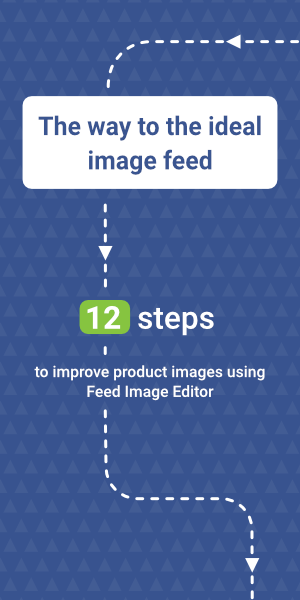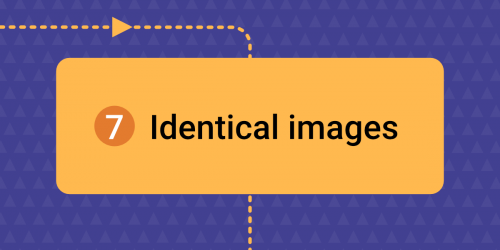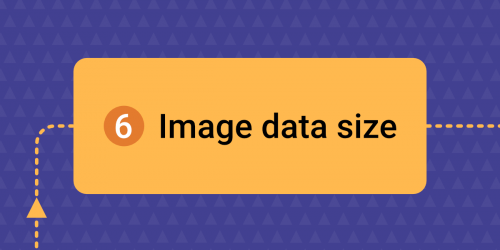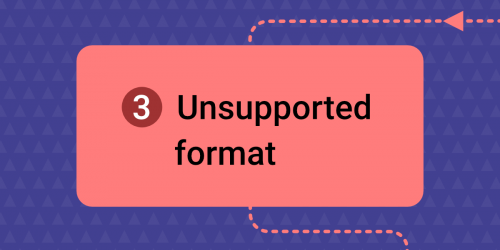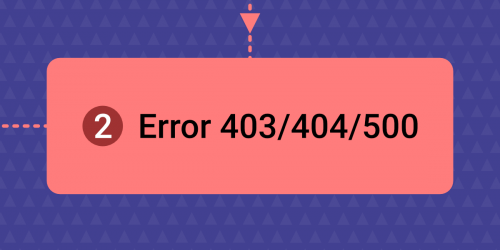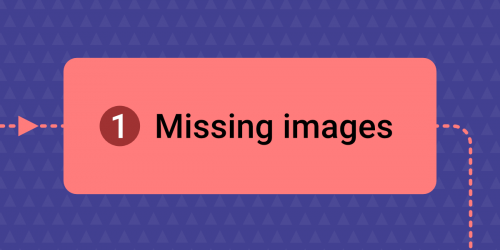For clothing variants, schematic component drawings, or immaterial products, your products may have identical images. But not all products require it. If you offer thousands of items, it may not be easy to get an overview. Feed Image Editor product filters are a useful tool for dealing with them.
